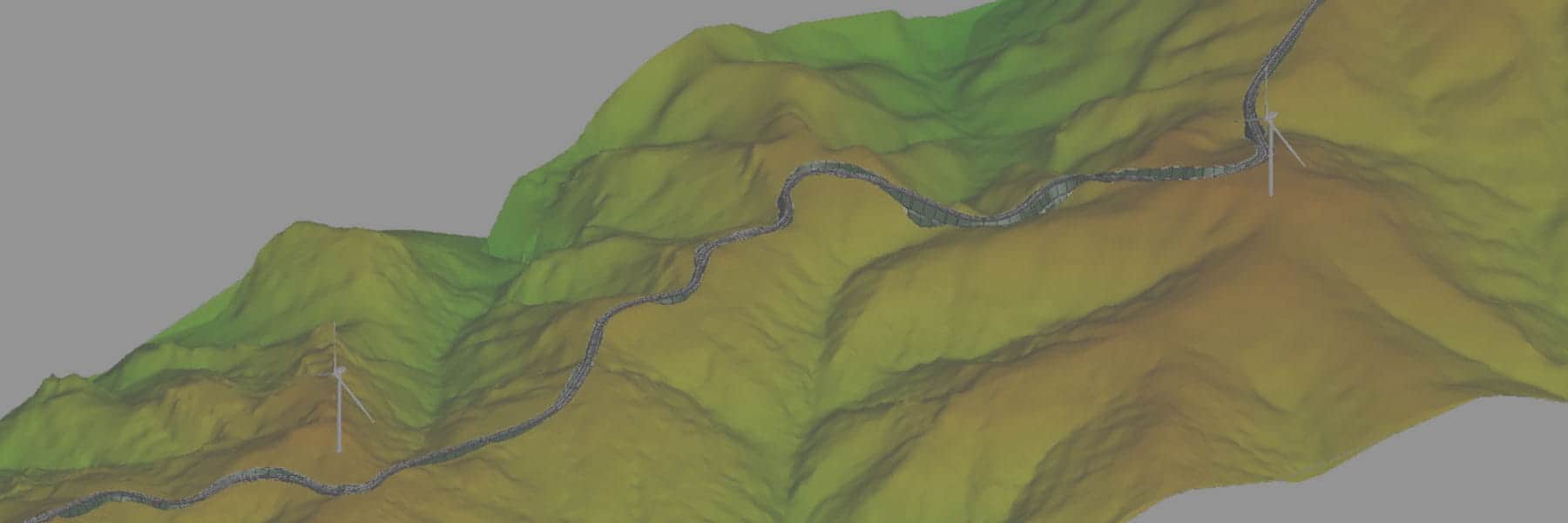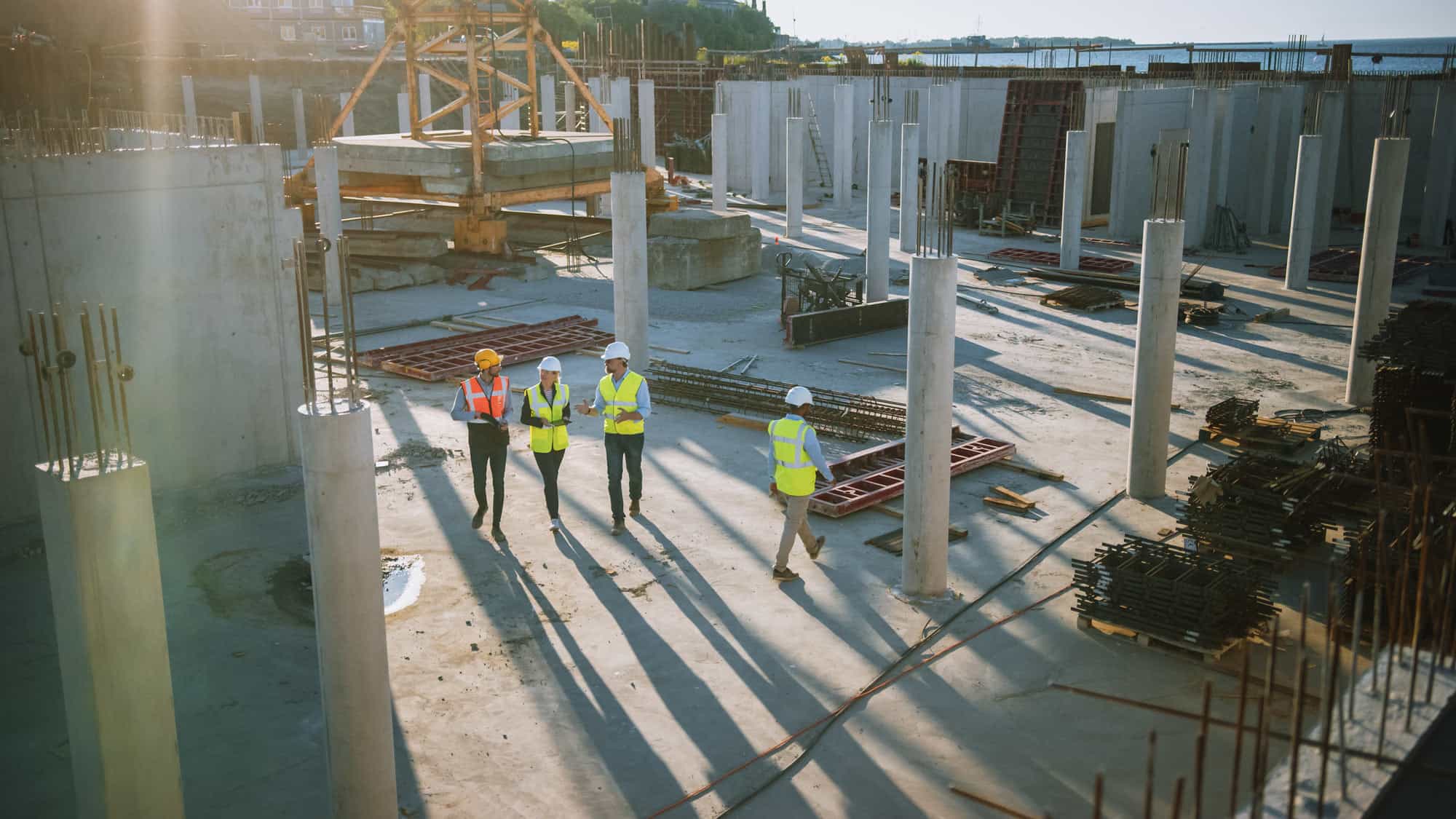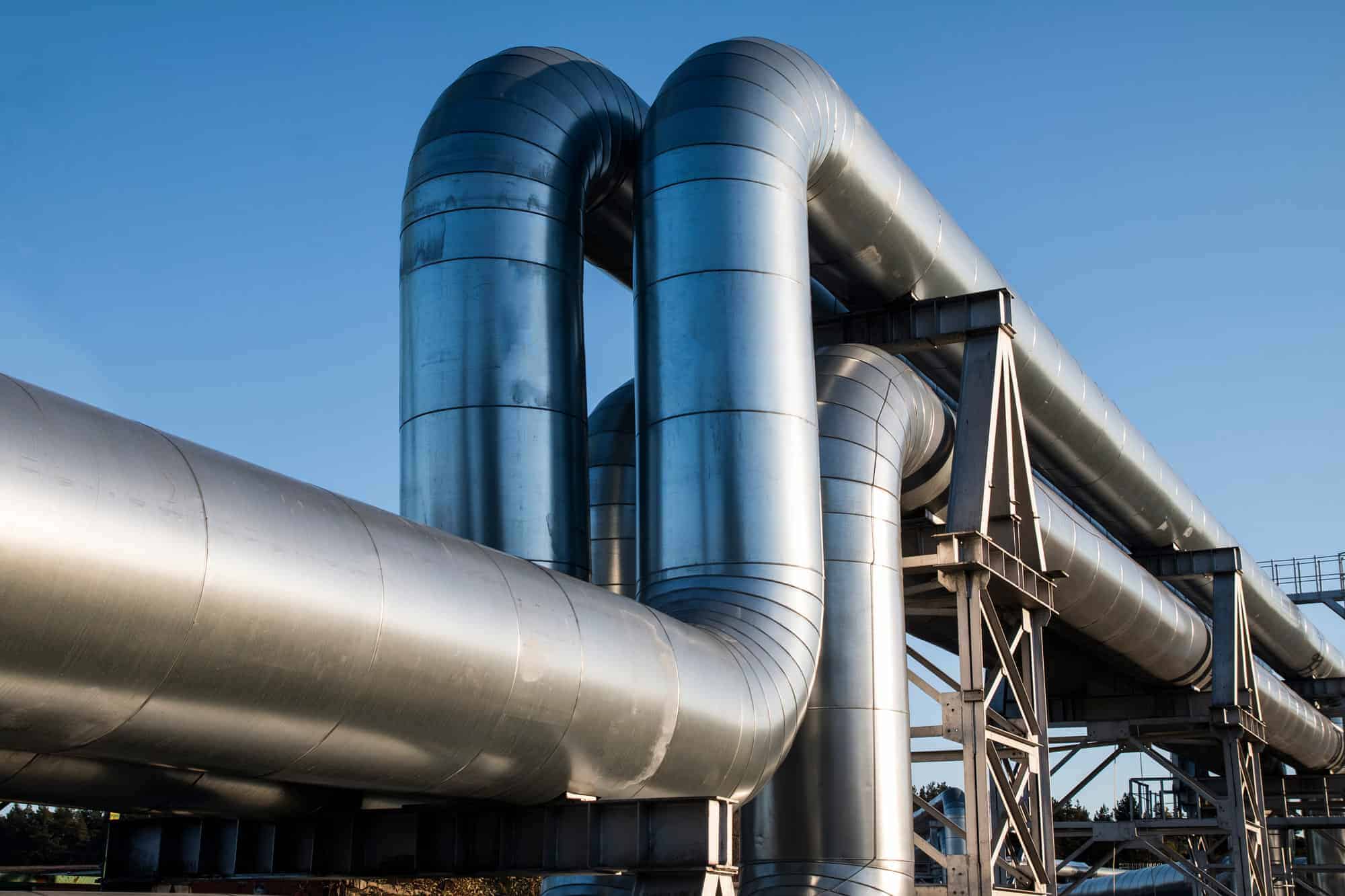TBEA Xi’an Electric Design Co., Ltd. / Application of Digital Technology in the Design of Complex Mountain Wind Farms
Chengde, Hebei, China

Project
The Longhua Guangsheng Aobao Wind Farm is in an area of Chengde in Hebei, China that has hilly, steep terrain and dense vegetation. Working in a site area of 150 square kilometers and slopes of up to 28 degrees, TBEA Xi’an Electric Design was tasked with planning floating wind turbines in a ring formation, with a total height of 108 meters. They also had to plan out the roadways running through the wind farm and to a nearby substation. The wind farm would need to have a capacity of 50 megawatts and an output of 117 million kilowatt hours. The team had to create an accurate design so that construction could be completed in only 15 months. They also needed to ensure that they kept road construction costs at a minimum, in addition to keeping the design as efficient as possible.
Facts
- TBEA Xi’an Electric Design was tasked with planning floating wind turbines in a ring formation for the Longhua Guangsheng Aobao Wind Farm in Chengde, Hebei, China.
- By using Bentley applications, the team detected and corrected clashes in the underground facilities, eliminating more than 100 instances of rework.
- When complete, the wind farm will provide a clean power supply to 150,000 people and is expected to reduce 363 million tons of standard coal per year, carbon dioxide emissions by 1 billion tons, and the emission of other harmful gases.
“Digital 3D design lets us advance our design method, control costs in the different design stages, improve the design efficiency, and show that what you see is what you get. A whole lifecycle digital twin of our project is our future development goal.”
– Qinwen GuoCEOTBEA Xi’an Electric Design Co., Ltd.
Solution
To take on these issues, TBEA Xi’an Electric Design realized that traditional methods of conducting topographic surveys and creating terrain models would not be possible. So, they began looking for software that would allow them to not only create 3D models of the site, but also model the planned roadways and substation. The team also wanted to ensure that their design was as accurate and efficient as possible, providing simulations that would allow the multidiscipline team to work together in a highly visual environment. Therefore, they decided to implement collaborative 3D modeling software.
Outcome
Software
ContextCapture
TBEA Xi’an Electric Design’s use of ContextCapture cut the surveying time in half, providing a model that was accurate within 5 centimeters. By using Bentley applications, the team detected and corrected clashes in the underground facilities, eliminating more than 100 instances of rework. With the help of 3D technology, the site design was improved to save CNY 3.8 million in materials and earthwork volume costs
SYNCHRO 4D
SYNCHRO 4D’s simulations reduced the hoisting platform by a third, saving material costs and positively impacting the local environment. When complete, the wind farm will provide a clean power supply to 150,000 people and produce 200 jobs. Bentley applications were critical in helping TBEA Xi’an Electric Design develop a wind farm that is expected to reduce the use of 363 million tons of standard coal per year and lower carbon dioxide emissions by 1 billion tons, as well as the emission of other harmful gases.



